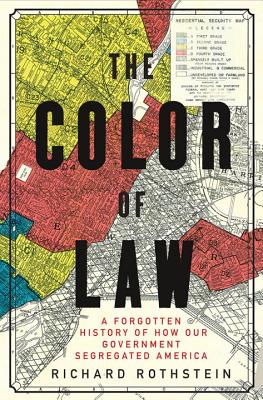In my classroom activity for exploring systematic and institutional racism, students read three excerpts from Richard Rothstein’s The Color of Law, watch Episode 3 of Race — the Power of An Illusion, and watch a 2018 PBS NewsHour clip about home ownership in Philadelphia. They also do their own research through internet searches to find statistics and infographics related to gentrification and loan access in the United States.
In the activity I with my students, after class discussions about unearned privilege and definitions of systemic or institutional racism, students brainstorm a list of observations of their own communities they think may be indicative of institutional racism. Students conduct a diversity census of their neighborhood and then search for data that would help answer the question, “Do we have equal opportunity for all races in the US?”
Students then read two Color of Law excerpts (p. 36-37, 64-65) for homework and watch portions of Race — the Power of An Illusion about redlining. In class, they analyz the statistics and graphs to determine what they tell us separately and collectively, what information is missing, what additional questions need to be asked, and what assumptions about race, class, and geography the data affirms or challenges.
After discussions of this material, students explore current estimates on net wealth, and list all the ways that “it takes money to make money” exists: school taxes and school quality, access to additional loans, etc. We then watch the PBS NewsHour clip to see another example of gentrification and students compared that story to their neighborhood census. Finally, they investigate local zoning and property tax laws.
I close the activity by assigning a third excerpt from The Color of Law, the Supreme Court challenges (p. 84-91), as we read or refer back to discussion of the role of the Supreme Court and three anti-canon cases woven into the course.







Twitter
Google plus
LinkedIn